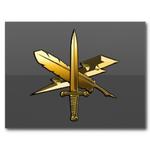Not being blessed to have a degree in engineering, I am wondering if the movement of the pistons in the F6B in relation to the frame mounting contribute to the incredible smoothness? This combination has been around since the inception of the gold wing.




 Reply With Quote
Reply With Quote








